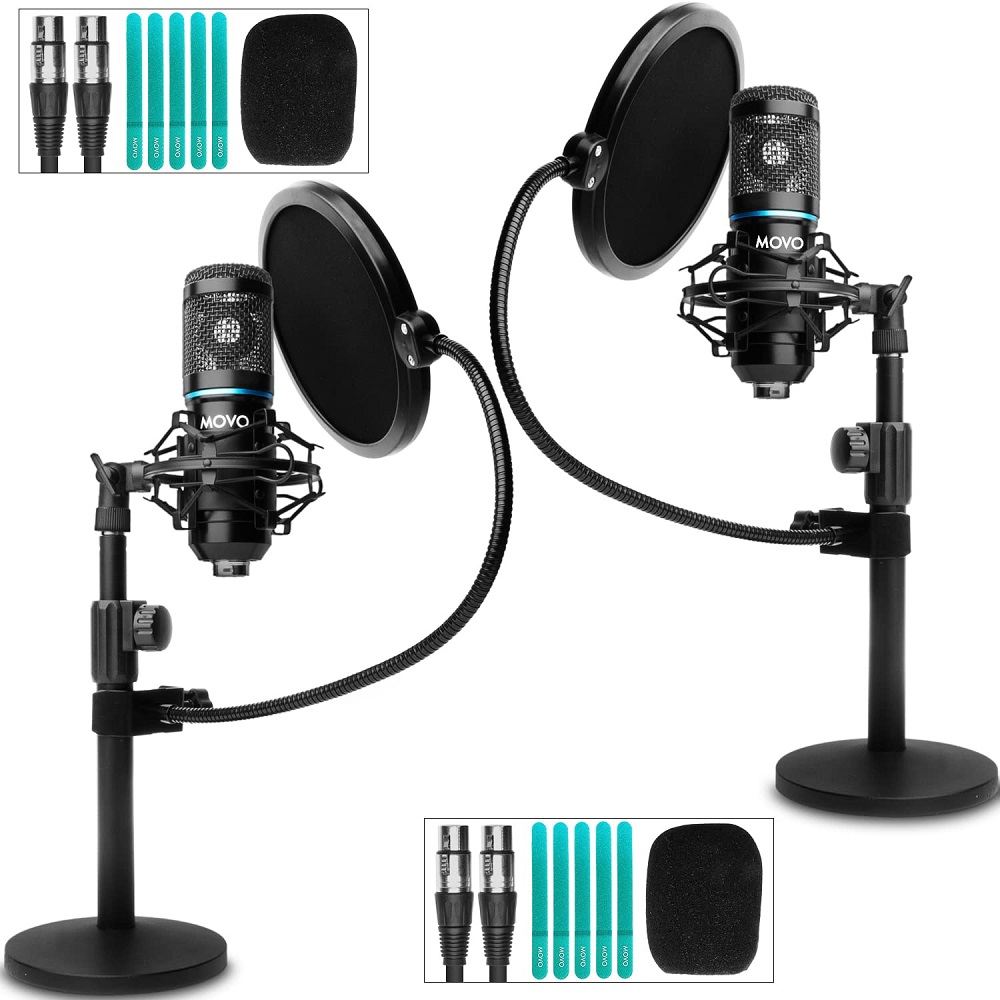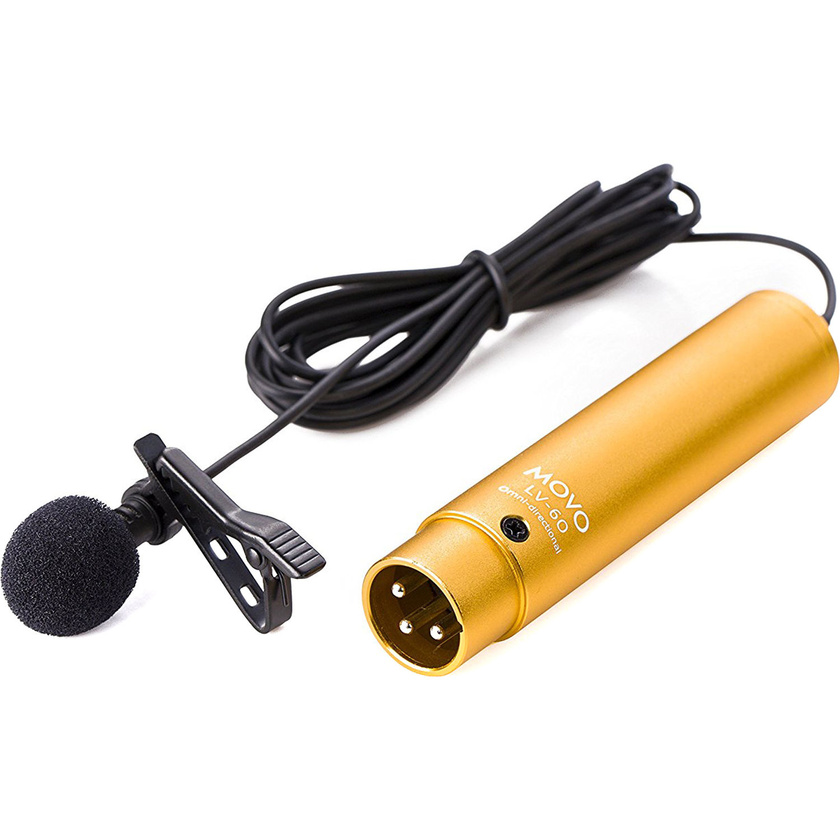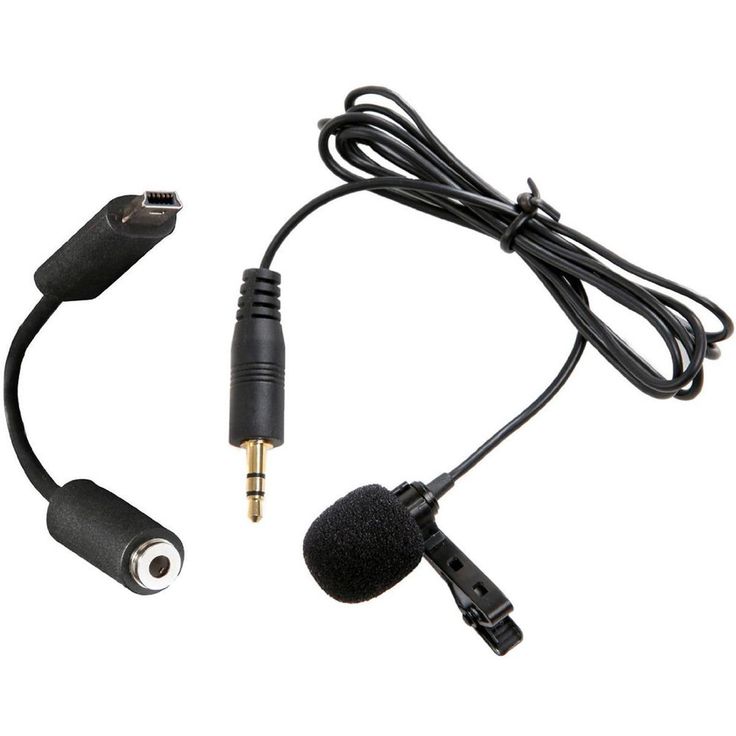Selecting the right microphone can significantly impact the quality of your recordings. Whether you’re a podcaster, musician, content creator, or filmmaker, the microphone you choose will influence the clarity and richness of your audio. Movo microphone offer various options designed to cater to different recording needs. In this article, we will discuss how to choose the right Movo microphone to suit your specific recording requirements. We will explore different types of microphones, key specifications to consider, and some use-case scenarios to guide you in making an informed choice.
Understanding Different Types of Movo Microphone
Dynamic Microphones
Dynamic microphones are renowned for their reliability and versatility. They are built to handle high sound pressure levels, making them ideal for live performances and studio recordings. Movo offers several dynamic models that are perfect for instruments as well as vocals.
One key advantage of dynamic microphones is their durability. They are less sensitive to extreme volumes and can endure rough handling. This makes them suitable for live applications and outdoor use. Dynamic microphones also have a limited frequency response, which helps reduce background noise and feedback. Therefore, they are often favored for noisy environments, such as concerts or crowded settings.
Condenser Microphones
Condenser microphones are known for their sensitivity and fidelity, making them ideal for capturing detailed sounds. Movo’s range of condenser microphones is suitable for studio recording, voiceovers, and broadcasting. They work well for vocals, acoustic instruments, and even ambient sounds, allowing you to capture subtleties that might be missed with a dynamic mic.
The main characteristics of condenser microphones are their wide frequency response and ability to reproduce high frequencies accurately. However, they require external power sources, particularly phantom power, to operate. This can be delivered through audio interfaces or mixers. Typically, condenser microphones are more fragile than dynamic ones and should be handled with care, especially in live settings.

Identifying Your Recording Needs
Type of Recording
Before selecting a microphone, consider the type of recordings you plan to make. Are you primarily recording vocals for a podcast? Or are you capturing instruments for music production? Understanding your recording purpose is crucial for choosing the right microphone.
For vocal recordings, a condenser microphone can provide warm and rich tones that enhance clarity. On the other hand, if you are recording loud instruments like drums or electric guitars, a dynamic microphone may offer better performance. For filmmakers needing dialogue capture, a shotgun microphone might be an excellent option, as it can focus on the subject while minimizing side noise.
Recording Environment
Another essential factor in choosing a microphone is the recording environment. Acoustic conditions can greatly affect audio quality. If you are working in a controlled studio with minimal background noise, a sensitive condenser microphone will likely yield excellent results. However, in untreated or noisy environments, a dynamic microphone may be more effective due to its ability to reject unwanted sounds.
Consider your recording location carefully. For example, if you are planning to record podcasts at home, investing in soundproofing materials can further enhance audio quality. In passive recording situations, like live events, a shotgun microphone can help you capture targeted sound effectively.
Key Specifications to Consider
Frequency Response
One fundamental specification to consider is frequency response, which refers to the range of frequencies that a microphone can capture effectively. Different microphones display varying frequency responses depending on their design and purpose.
For vocals, microphones with a frequency response from 20 Hz to 20 kHz are usually sufficient. Consider models that emphasize frequencies around 1 kHz to 3 kHz, as this is where most vocal clarity resides. For instruments, you may want microphones that capture both low and high frequencies accurately. Movo provides detailed specifications for each microphone, enabling users to choose the most appropriate option.
Sensitivity and SPL Handling
Sensitivity levels determine how well a microphone picks up quiet sounds. A highly sensitive microphone can capture soft sounds and nuances, making it suitable for studio work. Conversely, microphones with lower sensitivity ratings are often more effective at handling high sound pressure levels (SPL). This feature is crucial for recording instruments that produce loud sounds, such as drums or brass instruments.
When evaluating microphones, check the specifications for both sensitivity (in dB) and SPL handling capabilities. Understanding these aspects can help you choose a microphone that fits your specific recording needs without distortion or unwanted noise.

Portability and Ease of Use
Travel Considerations
If you are a content creator who often records on the go, consider the portability of your microphone. Movo offers lightweight and compact models that can fit easily into your bag. These portable microphones enable you to produce high-quality recordings without getting bogged down by heavy equipment.
For example, handheld dynamic microphones or smaller condenser models can be ideal for travel. When attending events or when you need to record in various locations, having a microphone that’s built for convenience can save you time and hassle.
Connectivity Options
Another aspect to consider is connectivity. Different microphones may connect to your recording device in various ways, such as USB, XLR, or even 3.5mm aux connections. USB microphones are often preferred for direct computer recording, providing a simple plug-and-play experience.
On the other hand, XLR microphones require an audio interface or mixer but offer greater flexibility and audio quality. If you plan on connecting directly to a camera or portable recorder, look for models that support 3.5mm connections. Movo offers microphones compatible with various recording devices, making it easier to find options that fit your workflow.
Choosing the Right Accessories
Microphone Stands and Mounts
Having the right accessories can make a significant difference in your recording experience. A sturdy microphone stand is essential for stable placement during recording sessions, ensuring clear sound without handling noise. Depending on your recording style, consider adjustable stands that can accommodate various heights and angles.
For outdoor recordings or field interviews, shotgun microphones can benefit from windshields or shock mounts. These accessories minimize wind noise and vibrations, thereby producing cleaner recordings. When purchasing a microphone, consider investing in accessories that enhance overall performance.
Pop Filters and Windscreens
If you’re recording vocals, using a pop filter can significantly improve sound quality. A pop filter reduces plosive sounds caused by hard consonants like “B” and “P.” This accessory ensures that your audio remains smooth and clear, preventing distortion during recordings.
Windscreens are another excellent accessory for outdoor recordings. They minimize wind noise and help maintain sound quality in various environmental conditions. Movo offers various pop filters and windscreens, ensuring you have adequate protection for different recording scenarios.

Reviewing Movo Microphone Options
Best Movo Dynamic Microphones
Movo has several excellent dynamic microphone options that are well-suited for different applications. The Movo VMIC is a shotgun microphone that excels in on-camera audio recording. Its compact design makes it easy to use with DSLRs and mirrorless cameras, while its directional pickup pattern reduces ambient noise effectively.
For musicians, the Movo M3 is a solid dynamic option that works great for live performances and studio recordings. With a cardioid pattern and rugged construction, this microphone provides excellent sound quality while being durable enough for frequent use.
Best Movo Condenser Microphones
If you’re seeking condenser microphones, the Movo UM700 offers incredible versatility for various recording needs. This USB condenser microphone delivers studio-quality sound and is perfect for podcasting, streaming, and voiceovers. Its plug-and-play design allows for easy connections to computers and audio interfaces.
Another notable option is the Movo MC1000. This condenser microphone comes with a shock mount and pop filter, making it an all-in-one solution for voiceovers and studio recordings. The wide frequency response and high sensitivity ensure that you capture every detail in your audio.
Finding Your Perfect Movo Microphone
In conclusion, selecting the right Movo microphone for your recording needs involves understanding the various types available and what specifications best serve your purpose. Take into account your recording environment, the type of sound you’re capturing, and the level of portability you require.
Movo offers a range of dynamic and condenser microphones, each suited for different applications. By evaluating your needs and considering the accessories that enhance performance, you can ensure that your choice will support your audio endeavors effectively.
Take your time to explore the specific features and read user reviews for each Movo microphone you consider. Ultimately, finding the right microphone can lead to improved sound quality, higher production value, and a more enjoyable recording experience. With the right Movo microphone, you will be well-equipped to create exceptional audio content that captures your intended tone and message.


